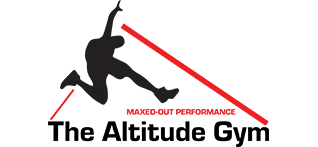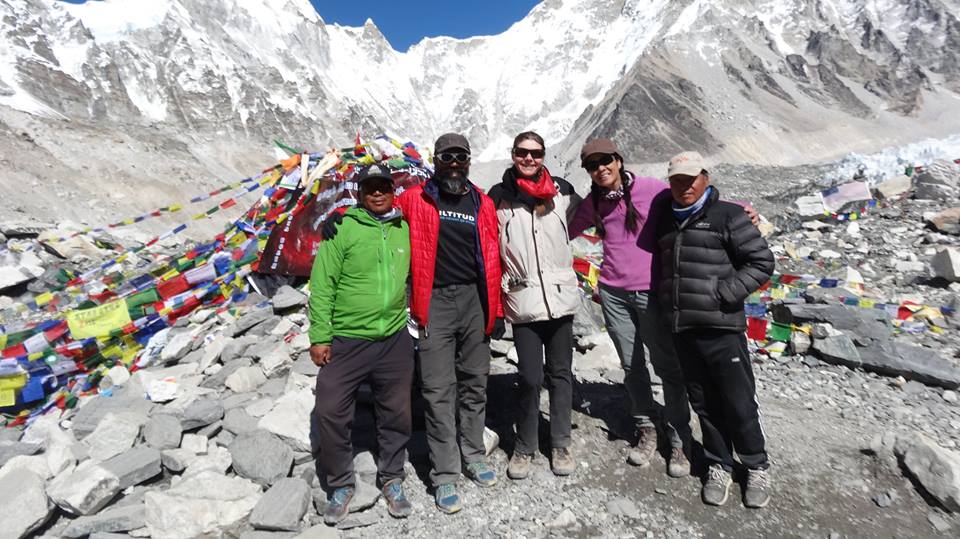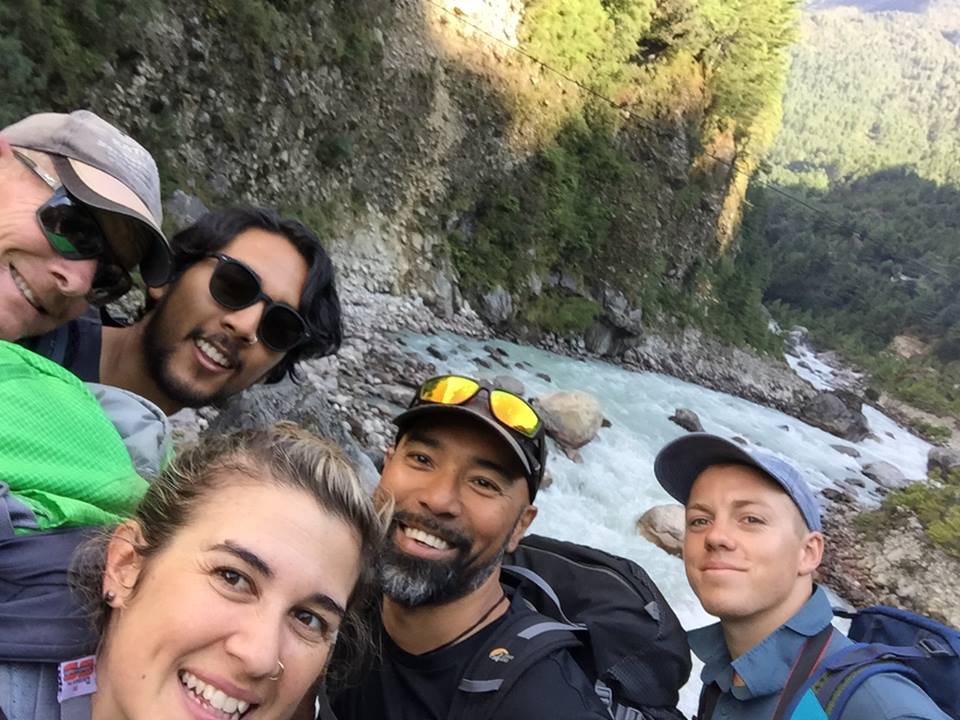Mt Kilimanjaro – Climb to the Roof of Africa via Machame Route (9 Days)
Destination: Moshi, Tanzania
Difficulty: Challenging
Routes: Lemosho 9 Days
Team Size: 4 – 10
Accommodation: Hotel (Moshi) & Tents (on trek)
Minimum Age: 16 Years
High-altitude trekking in mountainous regions calls for flexibility and adaptability to many conditions. In the wilderness, nature has the final say. For us to survive, we need flexibility and adaptability to circumstances as they unfold. While we endeavour to follow the itinerary below, we may need to change it to suit conditions. The end point will always be returning safely to our families. It is imperative to commit to training at least three to six months beforehand to cope with the demands of high altitude trekking. If you have access to The Altitude Gym, then we will help you with pre-acclimatization training. During the trek, our blood oxygen will be monitored and your guide will advise you how to handle any issues that will inevitably crop up. With this in mind, we will have the best time on a trek that has unparalleled mountain views.
Trip Description
Mount Kilimanjaro is Africa’s highest mountain at 5,895 metres and one of the ‘7 Summits’. Kilimanjaro used to be within the boundaries of Kenya. Legend has it that Queen Victoria gave the mountain to Kaiser Wilhelm in 1848 because he commented that it was unfair that Kenya had the two highest peaks. Since 1889, several attempts have been made to determine the exact height of the mountain. The Kilimanjaro 2008 Precise Height Measurement Expedition used GPS and gravimeter methods to output the value of 5,891.8m (19,330ft). Due to Kilimanjaro’s equatorial location and high elevation, almost every climate type on earth is represented, including a year-round snow-topped summit.
This trek is not easy! It involves back-to-back days of trekking at high altitude, sometimes over rugged terrain. We expect all trekkers to have a high level of fitness so they can deal better with the altitude and the physically demanding nature of the trek. Our itinerary is tried and tested – the longer Lemosho routes will suit those wanting more time to acclimatize while climbing and we also have the option to climb Mt Meru to pre-acclimatize. However, we can’t predict how each team member will react to the altitude so we ask that all participants come well prepared for the demand of this trek (which means you need to train!). At The Altitude Gym, we will have a great opportunity to pre-acclimatize and all trekkers must commit to an agreed training program to make our collective journey a success.
TRIP ITINERARY: NINE DAYS LEMOSHO ROUTE
Lemosho is ideal for climbers seeking a more intimate hiking experience. The first three days on the mountain are relatively quiet with few other trekking groups on the trail before it joins up with the Machame route.
Day 1: Arrival
Pick up from Kilimanjaro airport (or other specified location) and transfer to hotel for gear check and team briefing. Anything still needed may be organized at the company’s gear shop. The rest of the day is free. Overnight at Parkview Inn.
Day 2: Londorossi Gate to Mti Mkubwa Camp; Elevation: 2,100m – 2,750m.
Distance: 6km; Hiking Time: 4 – 5 hours; Habitat: Rain Forest.
We depart Moshi for Londorossi Gate, which takes about 4 hours, where you will complete entry formalities. Then drive to the Lemosho trailhead. Upon arrival at trailhead, we eat lunch, and then commence our hike through dense rain forest to Mti Mkubwa (Big Tree) camp.
Day 3: Mti Mkubwa Camp to Shira I Camp; Elevation: 2,750m – 3,480m.
Distance: 8km; Hiking Time 6 – 8 hours; Habitat: Heath.
We continue on the trail leading out of the rain forest and into a savannah of tall grasses, heather, and volcanic rock draped with lichen beards. As we ascend through the lush rolling hills and cross several streams, we reach the Shira Ridge before dropping gently down to Shira I camp. The view of Kibo from across the plateau is amazing.
Day 4: Shira Camp I to Shira Camp II; Elevation: 3,480m – 3,860m.
Distance: 8km; Hiking time: 3 – 5 hours; Habitat: Heath.
This is an acclimatization day that allows you to take day hikes that explore the Shira Plateau. Look to the west at sunset and you may catch a glimpse of the twin eruptions from the craters of Ol Doinyo Lengai (The Mountain of God), an active volcano 100 kilometers distant.
Day 5: Shira II Camp to Barranco Camp; Elevation: 3,860m – 3,950m.
Distance: 10km; Hiking time: 6 – 8 hours; Habitat: Heath.
After breakfast, continue east on the Shira Plateau for two hours before reaching the junction for the Machame Route. Continue through the barren landscape for another thirty minutes before stopping for lunch. Shortly after lunch, reach the highest point of the day before descending quickly to Barranco Camp. From the high point see the Lava Tower, a 100m lava formation jutting from the mountainside. Optional detour via Lava Tower. The descent to Barranco Camp will take you through a valley that is home to many unusual plants including the Dendrosenecio kilimanjari. Barranco Camp is considered to be the most scenic campsite on the route. It is set in a canyon among forests of Dendrosenecio kilimanjari beneath the Heim glacier. From the campsite, enjoy magnificent views of Mount Meru, Heim Glacier, Kibo’s southern face and the imposing Barranco Wall. Although this up and down day ends with an elevation gain of only 110 meters, by early afternoon you will have climbed 690 meters to a height of 4,530 meters before beginning your descent to Barranco Camp. This day is crucial for acclimatization.
Day 6: Barranco Camp to Karanga Camp; Elevation: 3,960m – 4,035m.
Distance: 5km; Hiking Time: 4 – 5 hours; Habitat: Alpine Desert.
Our first challenge is a climb and scramble over the volcanic rock of the 366m Barranco Wall. On reaching the top, we have a well-earned lunch break and enjoy fantastic views of Barafu and Mount Meru. We continue across the ridges and valleys to the Karanga Valley campsite. This is a short day meant for acclimatization.
Day 7: Karanga Camp to Barafu Camp; Elevation: 4,035m – 4,640m.
Distance: 4km; Hiking Time: 4 – 5 hours; Habitat: Alpine Desert.
After breakfast, we leave Karanga and hit the junction which connects with the Mweka Trail. We continue up to Barafu Hut. At this point, we have completed the Southern Circuit, which offers views of the summit from many different angles. Here we make camp, rest, enjoy an early dinner, and prepare for the summit day. Mawenzi and Kibo peaks are visible from this site.
Day 8: Barafu Camp to Crater Camp; Elevation: 4,600m – 5,715m.
Distance: 10km; Hiking Time: 6 – 8 hours; Habitat: Arctic.
Due to the steep ascent at high altitude, this is the most challenging day of the ascent. Leave Barafu Camp early in the morning to begin your hike to the top of Kibo Crater. It is important to remember to snack during the ascent to keep up your energy. You may lose your appetite during the hike and begin to feel the effects of altitude. After ascending Kibo’s wall, hike to Crater Camp, the highest camp on Kilimanjaro. The camp is located inside Kilimanjaro’s Kibo crater, and offers stunning views of the surrounding glaciers. Some climbers choose to summit in the afternoon instead of the following morning.
Day 9: Crater Camp to Summit to Mweka Camp; Elevation: 5,715m – 5,895m.
Distance: 6km; Hiking Time: 10 – 12 hours; Habitat: Arctic.
At dawn, begin the final ascent to Uhuru Peak, the highest point in Africa. The hike to the summit is slow, taking up to two hours to gain 180 meters. From Stella Point, we have just one more hour before reaching the summit. At Uhuru Peak, you have reached the highest point on Mount Kilimanjaro and the continent of Africa. Faster hikers will see the sunrise from the summit. From the summit, we now make our descent continuing straight down to the Mweka Hut camp site, stopping at Barafu for lunch. Mweka Camp is situated in the upper forest. Later in the evening, we enjoy our last dinner on the mountain and a well-earned sleep.
Day 10: Mweka Camp to Mweka Gate to Moshi; Elevation: 3,080m to 1,630.
Distance: 10 km; Hiking Time: 3 – 4 hours; Habitat: Rain Forest.
After breakfast, we continue the descent down to the Mweka Park Gate to receive your summit certificates. At lower elevations, it can be wet and muddy. From the gate, we continue another hour to Mweka Village. A vehicle will meet you at Mweka village to drive you back to hotel in Moshi for hot shower. The rest of the day is free and we will have a celebratory dinner tonight.
Day 11: Departure / Free Day.
We will make the necessary arrangement for your departure today. However, if you’re extending your stay, we highly recommend making a trip to Chemka Hot Spring for a relaxing free half day. Alternately (or additionally), a short walk from our hotel is Lala Salama spa where you can enjoy an amazing massage by masseuses trained by our very own Altitude Gym member a few years ago. Nearby is the Blue Zebra Art Studio where you can do all your gift-shopping.
INCLUSIONS:
– Pick up from Kilimanjaro airport, and drop off after climbing
– Two nights’ accommodation at Parkview Inn – Bed and Breakfast
– All park fees for nine days Lemosho climb
– Salary for Guides, Cook and Porters
– Camping facilities such as sleeping tents, mess tents, table, chair, sleeping mattress
– Three meals a day while on trekking. Breakfast, lunch and dinner
– Oxygen and O2 saturation meter will be available for health check up every day
– Transport from hotel to Londorossi Gate, and from Mweka village to hotel
EXCLUSIONS:
– Flights to Kilimanjaro airport
– Tipping for climbing team
– All personal needs
– Meals at hotel (other than breakfast)
– Any extra days on mountain and hotel
Price
We offer a choice of three service levels on our treks depending on ability to pre-acclimatise at our gym and experience level:
1. Premium Package: $5,164.00
2. Standard Package: $4,670.00
3. Out-of-area: $4,260.00



